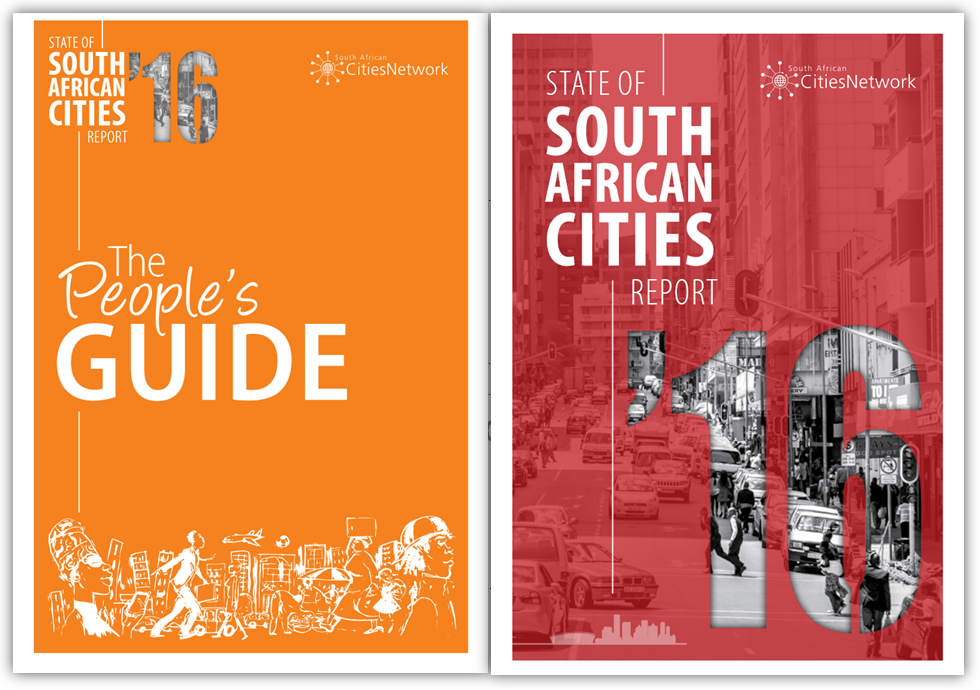The South African Cities Network reports on the state of South African (largest) cities every five years through the publication of the State of the Cities Report. The latest report released recently highlights the progress made by the country’s eight metropolitan municipalities since 2012. The report monitors city development and service delivery performance against local benchmarks and strategies, national urban development priorities and international development targets. The report sets out to influence national policy and strategy through messages about what is required to achieve the desired urban development outcomes. It is also used to advise and inform the plans and strategies of cities by generating specialised and technical evidence and insights.
Drawing from the report, the significant role that cities play in South Africa’s development is undeniable. Cities are crucial in driving growth, generating about two-thirds of the country’s economic activity and more than half of national employment. The report contains a number of messages, including the following:
A number of new features have been added to this year’s report; this includes city profiles which provide a summary of key city variables as well as highlighting some of the key approaches and projects featured per city. It also features the latest State of Cities Open Data Almanac (SoCR) which aims to make available a range of data and information items to assist in the need for evidence based reporting. The CSIR has, through its StepSA initiative supported comparative spatial change analyses for the report. A number of indicators, each illustrating a specific component of spatial change or transformation have been developed for the review and can be found on the SACN website. The report also contains a data dashboard for each city using selected indicators drawn from the State of Cities Open Data Almanac. These items provide a snapshot of trends or facts to reflect the state of households, city finance, service delivery, infrastructure, social fabric, sustainability, the economy and citizen engagement.
For more information and to access the electronic version of the SoCR 2016 please visit the SoCR webpage.


